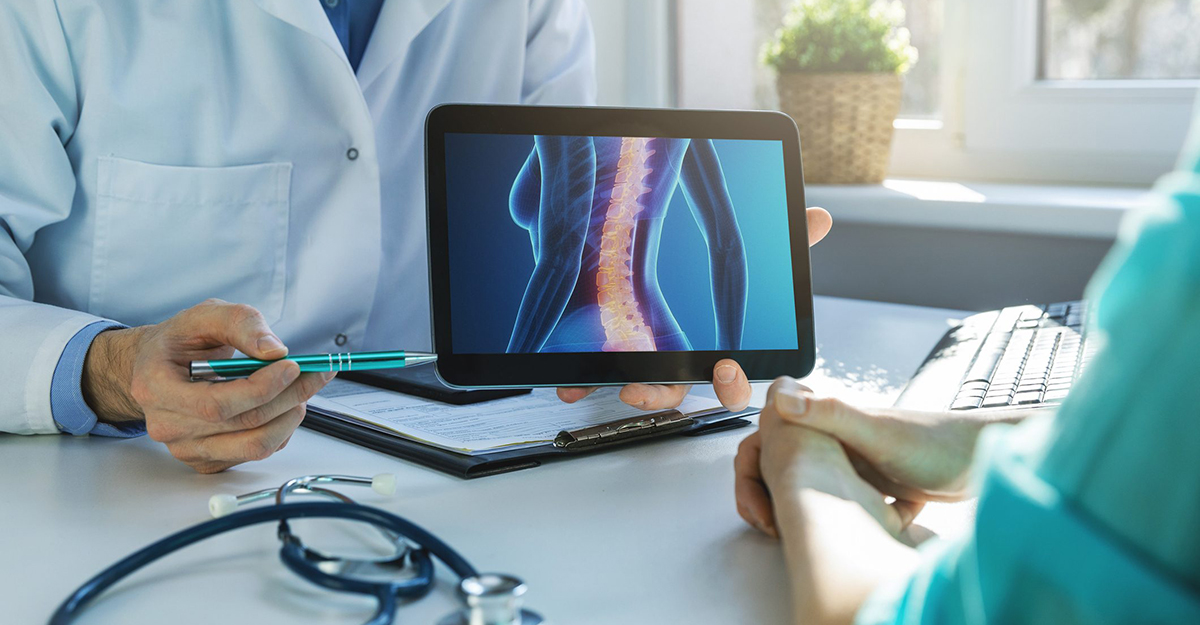IT | EN
The Pola's classification, named after the professor of the Vanvitelli University who described and proposed it for the first time in 2017, is a multicentre study recently published in the European Spine Journal, which definitively confirms its validity and the indication to use it internationally.
The Pola's classification represents the international classification for all spinal infections. The author is Enrico Pola, professor of the Multidisciplinary Department of Medicine for Surgery and Orthodontics of the Vanvitelli University.
The validity of Pola's classification as a reference parameter, already validated and used by numerous US and European authors, was confirmed by a multicentre study (Argentine, Chilean, Brazilian and European authors also contributed to this work) recently published on the European Spine Journal entitled: “An inter- and intra-rater agreement assessment of a novel classification of pyogenic spinal infections”.
Pola's classification establishes the types and degree of pyogenic spondylodiscitis, or infectious processes of the spine, necessary both for scientific studies and for the surgical and clinical treatments to be adopted. Pola presented this important study for the first time 4 years ago with a publication entitled: “New classification for the treatment of pyogenic spondylodiscitis: validation study on a population of 250 patients with a follow-up of 2 years”.
Vertebral spondylodiscites or osteomyelitis are infectious processes of the spinal column. These very serious pathological conditions are associated with a mortality of around 7-8% and severe neurological complications in 15-20% of cases.
Despite the increased incidence, the choice of adequate orthopaedic treatment is often delayed by the lack of clinical data. The purpose of this study was therefore precisely to propose a clinical-radiological classification of pyogenic spondylodiscitis to define a standard treatment algorithm.
"The multicentre study - explained Pola - confirmed the international effectiveness of the classification of these infections that we had developed in the first scientific work a few years ago. Having a reference scale that allows specialists to identify the severity of the pathology, which today corresponds to a specific type and number, also allows to carry out increasingly useful and targeted studies, but above all to be able to treat patients in an adequate and timely manner".
In fact, the use of Pola’s classification has already made it possible to change the trend of healings.
“Following the indications for treatments for the specific classes of spinal column infections - explained the Vanvitelli professor - it has already been possible to record an increase in healings of over 90 percent. This also means a consequent drastic reduction in the mortality rate linked to the disease in its most serious form, resulting from timely treatment and the prevention of more serious evolutions of the disease itself ".
In the first study, the clinical-radiological classification of pyogenic spondylodiscitis was developed based on the data from 250 patients treated from 2008 to 2015. According to primary classification criteria (bone destruction or segmental instability, epidural abscesses and neurological impairment), three main classes were identified. Subclasses were defined according to secondary criteria.
Conclusions: Standardized treatment of PS is highly recommended to ensure patients a good quality of life. The proposed scheme includes all available orthopaedic treatments and helps spine surgeons to significantly reduce complications and costs and to avoid overtreatment.
Spondylodiscites or osteomyelitis can affect patients of all ages with a slight male prevalence. Risk factors are diabetes, tumours, immunosuppression, chronic kidney diseases, prolonged corticosteroid therapy and smoking.
Clinically, it is represented by acute pain in the spine and resistant to all treatments associated with fever in 65% of cases, neurological pain or deficit in 40% of cases, weight loss in 30% of cases.
Diagnosis is made with MRI and biopsy.
The infection can destroy the disc and vertebral bodies causing severe mechanical instability of the spine, cause abscesses in the muscles and in the spinal canal with compression of the spinal cord and neurological damage up to plegia
Treatment is based on antibiotic therapy, immobilization with rigid orthosis or surgery.





